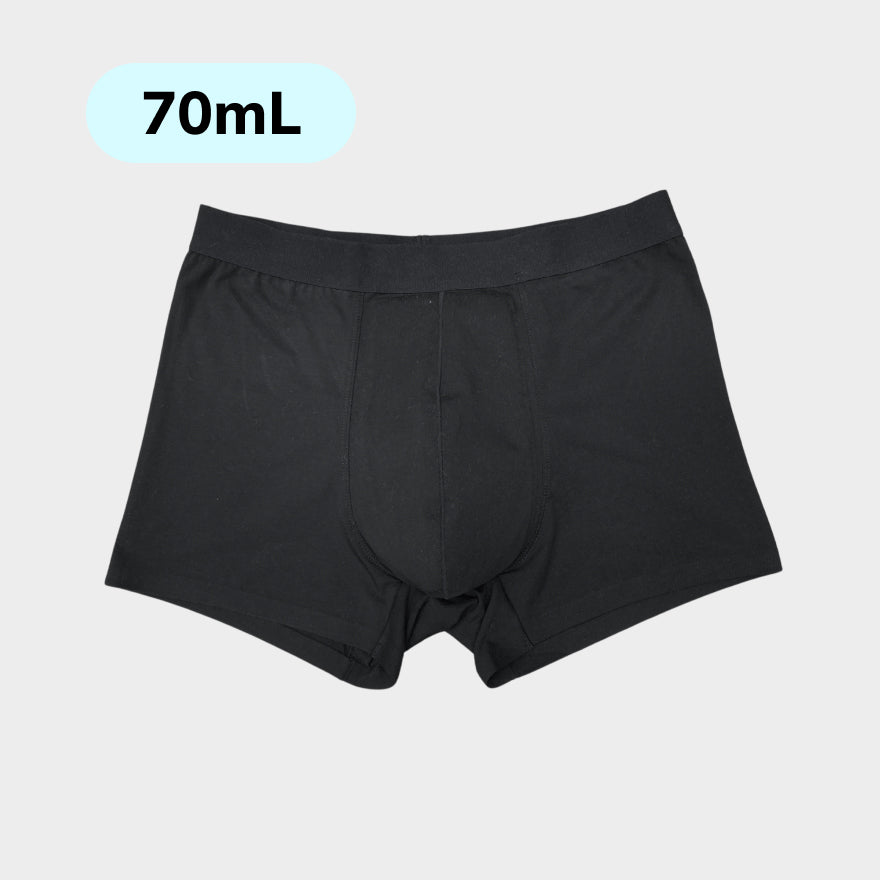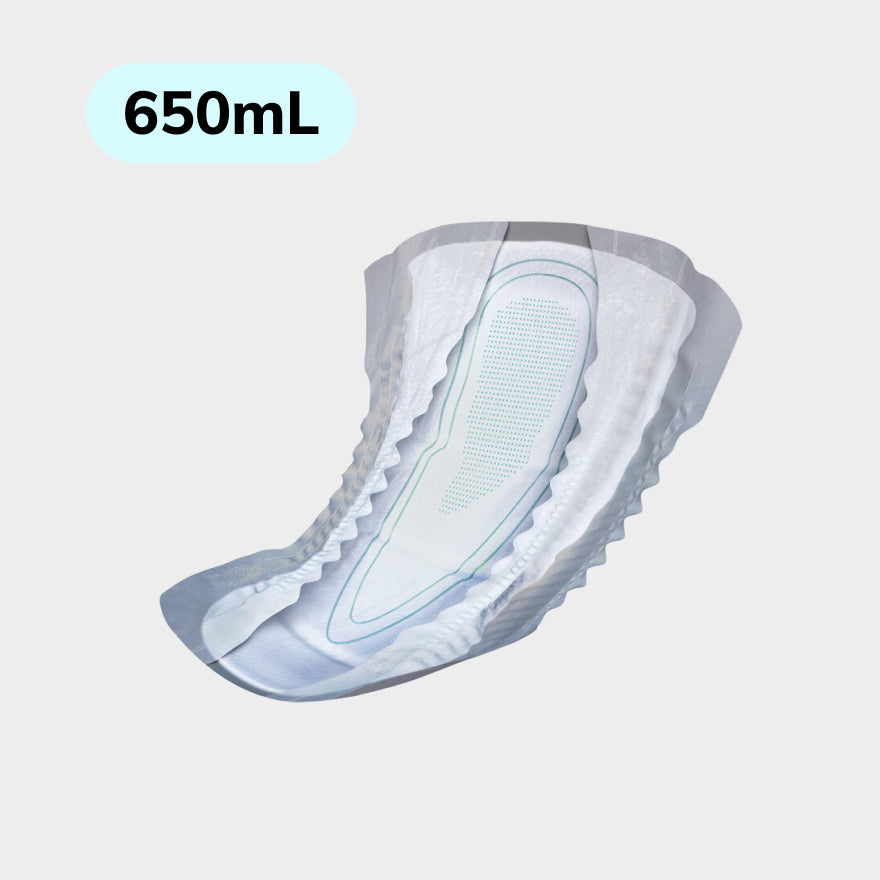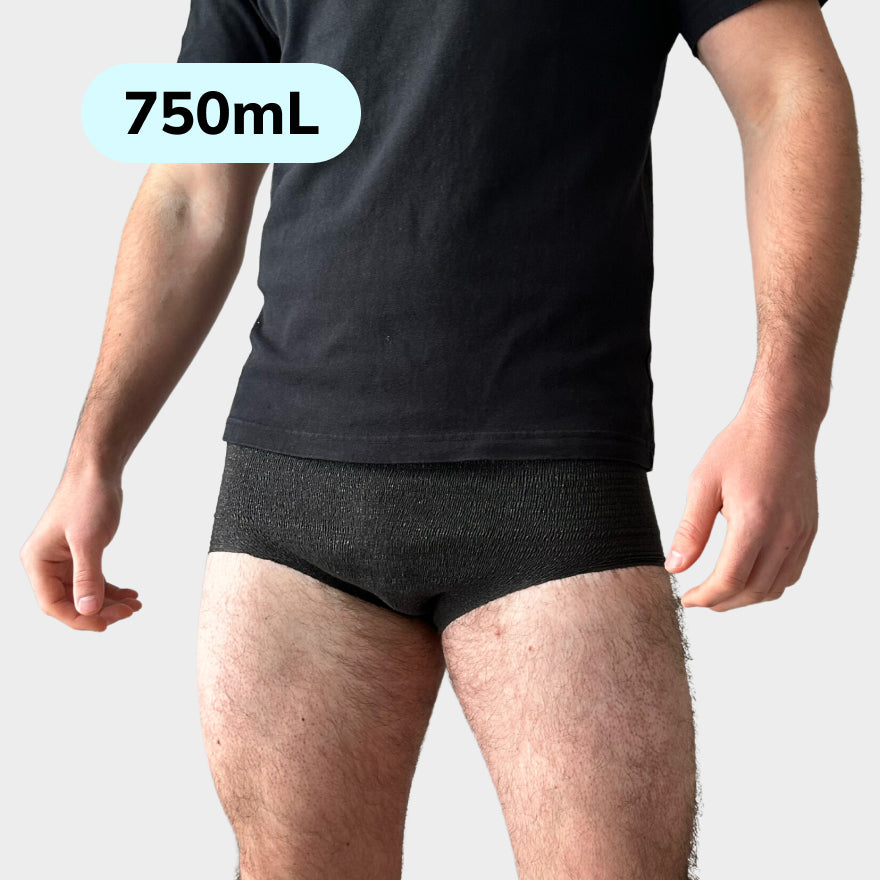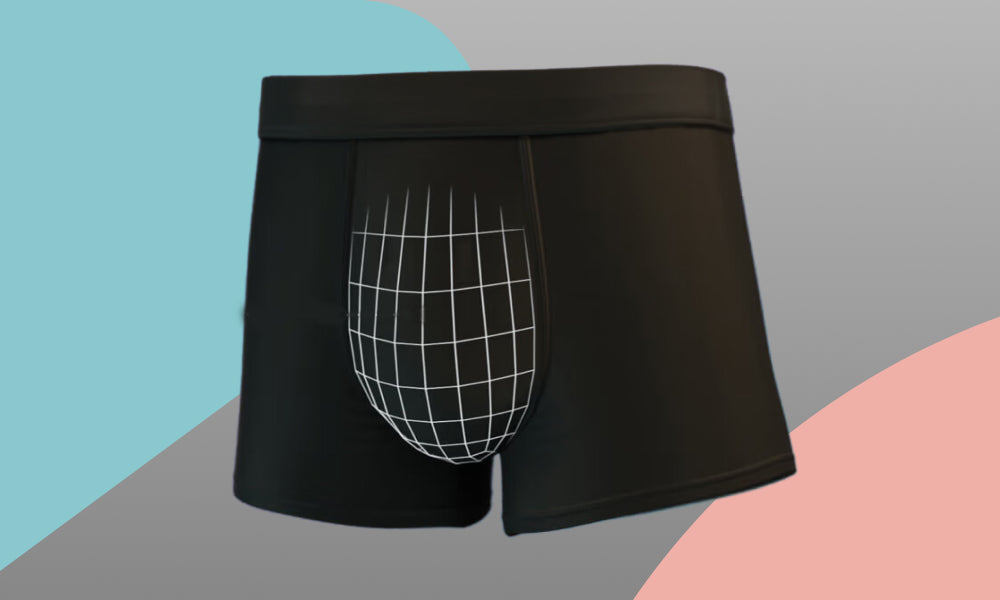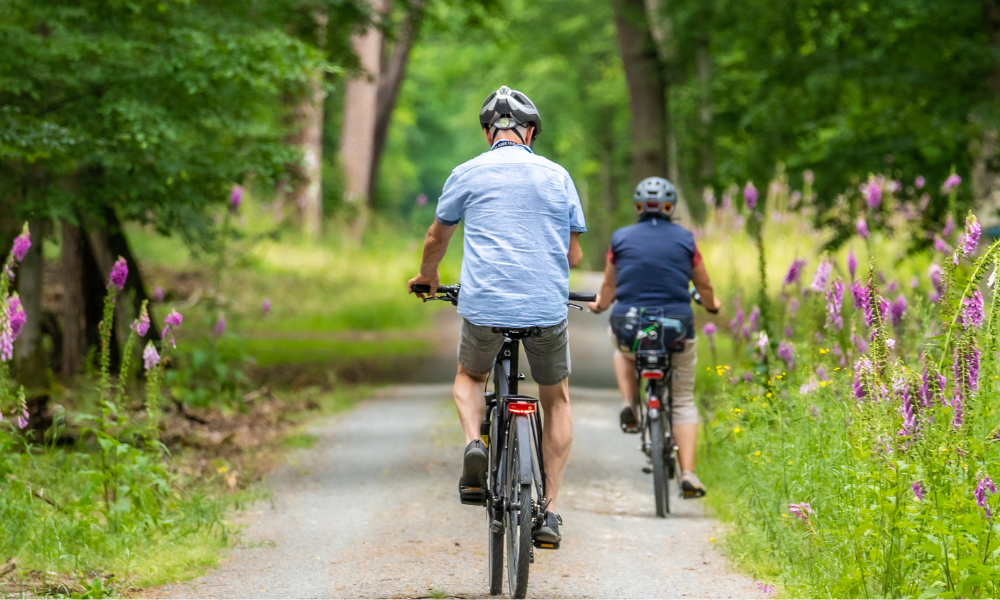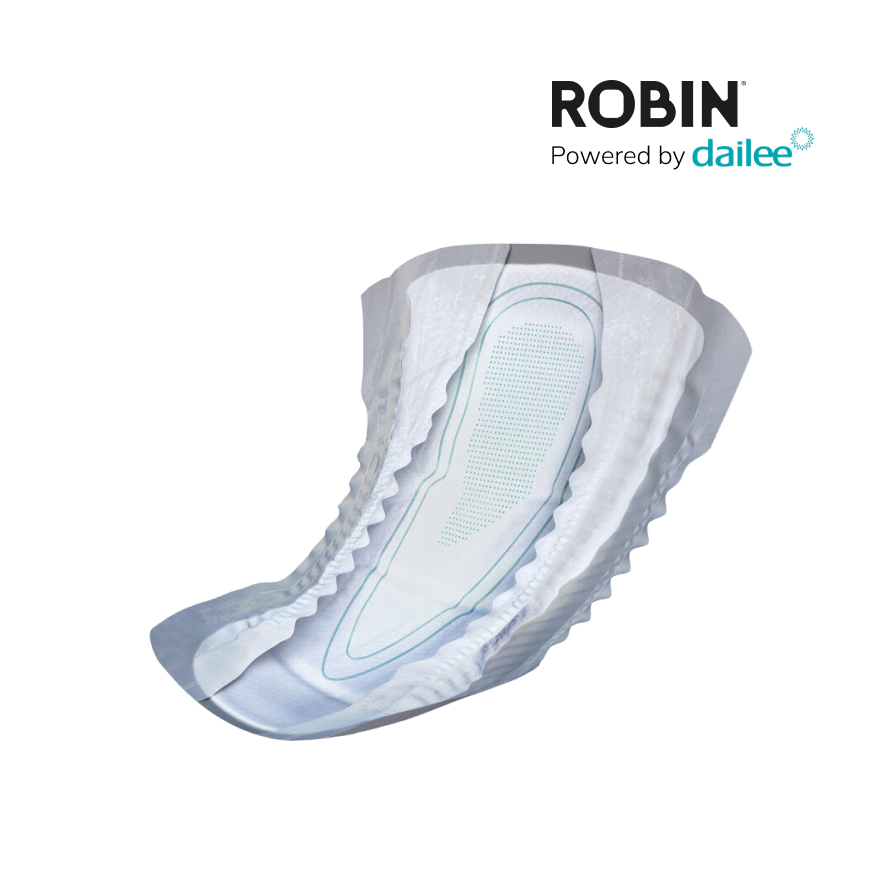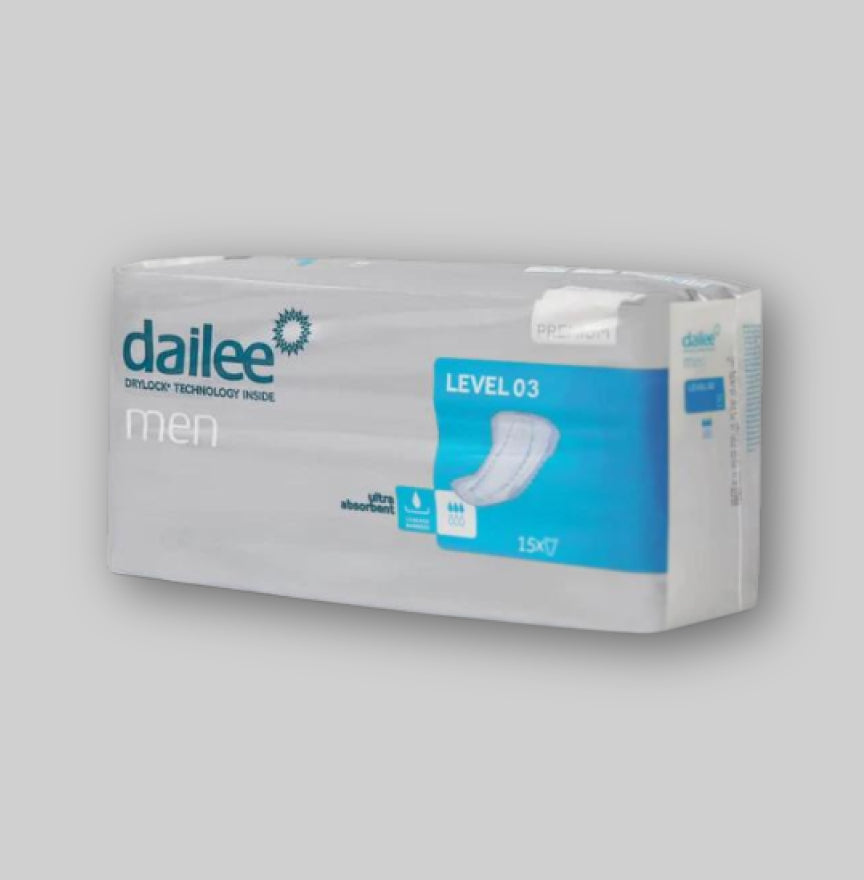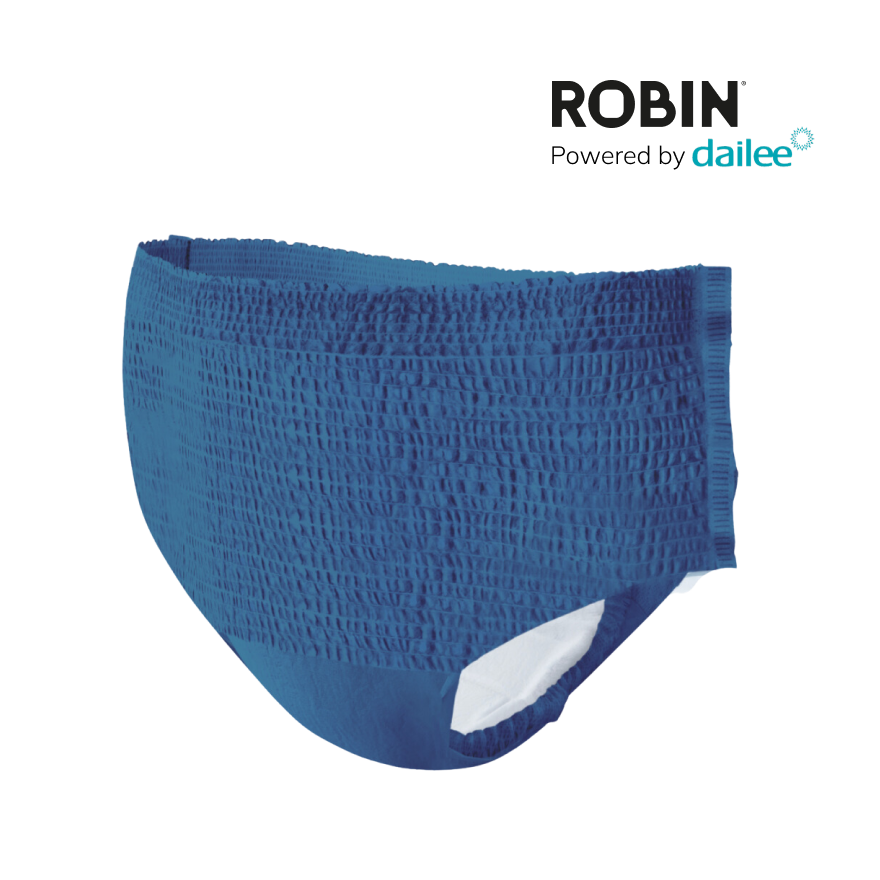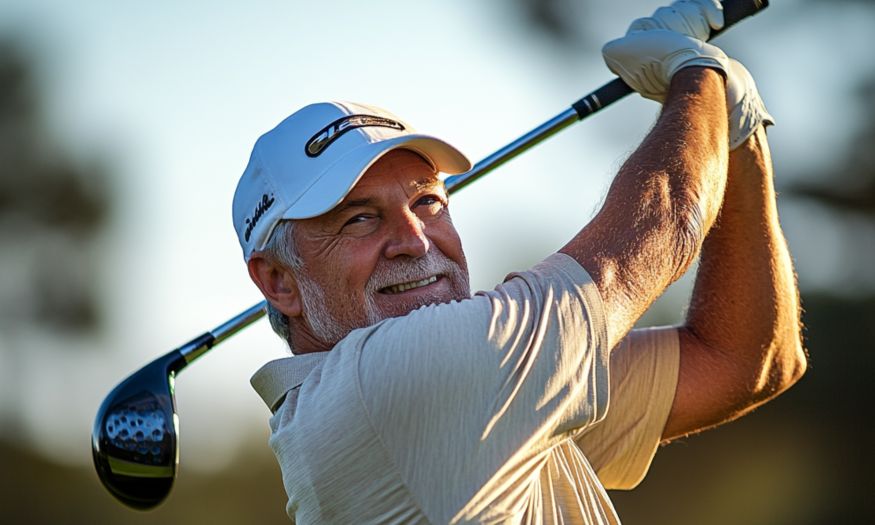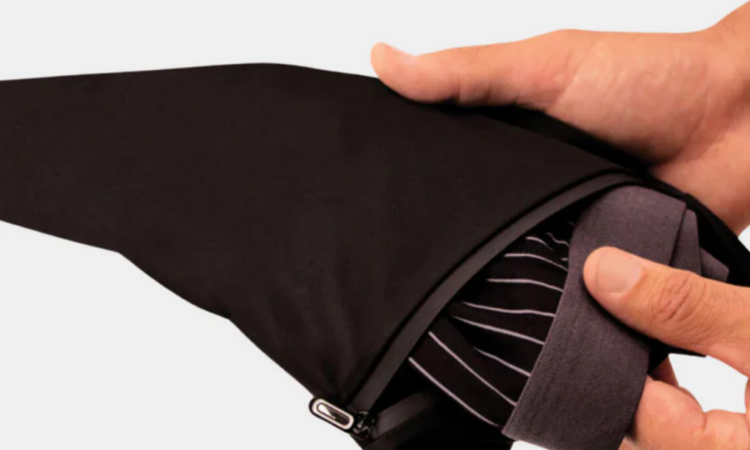Cycling is a popular form of exercise and an environmentally friendly means of transportation. But what are the effects of cycling on the prostate? In this article, we dive deep into the relationship between cycling and prostate health.
What is the Prostate?
The prostate is a small gland in men, located just below the bladder. This gland plays a crucial role in the production of seminal fluid. With age, the prostate can become enlarged, which can lead to various health problems.
Is sitting on the saddle for too long harmful?
Exercise is healthy. But what happens when you sit on a saddle for a long time? The prostate is located in the pelvis, directly under the bladder. When you sit on a saddle, you rest on the perineum, the skin between the scrotum and the anus. When cycling, you also use the pelvic floor muscles. This creates tension in the area around the genitals, lower abdomen, groin and pelvic floor. In men, this means pressure on the prostate.
The Relationship Between Cycling and the Prostate
Several studies have investigated the relationship between cycling and prostate health. While some studies suggest that intensive cycling may increase the risk of prostate problems, other studies show no significant association. It is important to emphasize that moderate cycling is usually safe and carries little risk.
4 Tips to Prevent Prostate Problems When Cycling
- Use a Proper Saddle : Choose a saddle that minimizes pressure on the perineum. There are saddles specifically designed to relieve pressure and increase comfort.
- Maintain Good Cycling Habits : Change your position regularly and stand on the pedals occasionally to relieve pressure.
- Regular Breaks : Take regular breaks during long rides to promote blood circulation and reduce pressure on the prostate.
- Short cycling sessions : Don't overdo it with long or intensive cycling sessions.
Cycling and Prostate Cancer
There is no convincing evidence that cycling increases the risk of prostate cancer. Physical activity, including cycling, is generally associated with a reduced risk of several types of cancer, including prostate cancer. However, it is always wise to have regular medical check-ups, especially if you experience symptoms such as pain or discomfort in the pelvic area.
Cycling and the Pelvic Floor
Urinary complaints can be caused by an enlarged prostate, but there are also other possible causes. In men, a tense pelvic floor can cause urinary complaints.
Urinary complaints due to a tense pelvic floor
"Unlike women, men rarely suffer from weak pelvic floor muscles. More often, the pelvic floor is too tense, which can affect the bladder, prostate or intestines. Cycling is of course very healthy and also good for the pelvic floor, but it is important that you can relax the pelvic floor properly after cycling," explains the pelvic physiotherapist.
If men have urinary problems, the pelvic floor can play a role. Men who have difficulty relaxing their pelvic floor often experience more complaints after prolonged intensive contraction of the pelvic floor muscles, such as during a long bike ride. Sometimes pelvic physiotherapy is advisable to learn to relax the pelvic floor better.
Conclusion
Cycling offers numerous health benefits and can be a great way to stay fit. While there are some concerns about the effects of cycling on the prostate, with the right precautions, the risk of prostate problems can be minimized. It is always wise to listen to your body and consult a doctor if symptoms persist. Stay active, stay healthy, and enjoy your bike rides!
